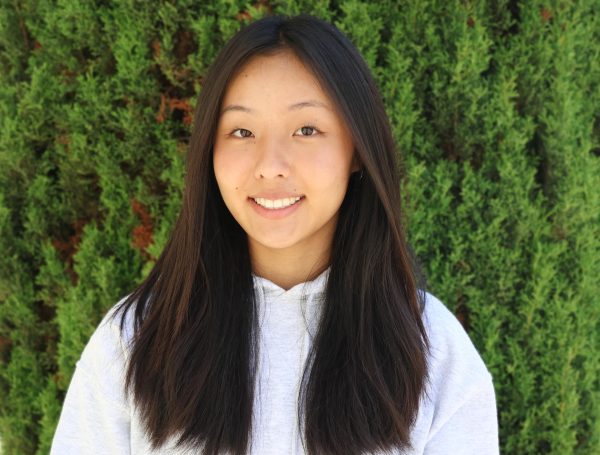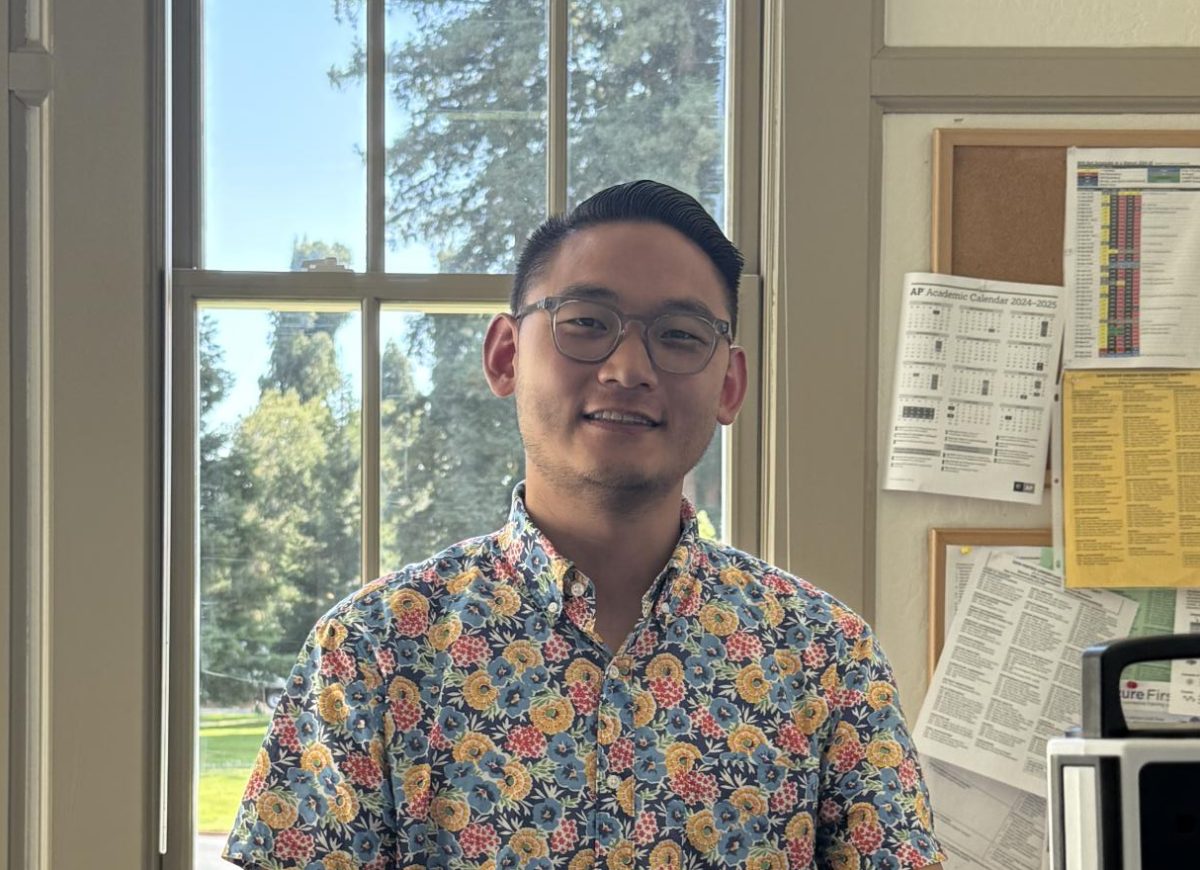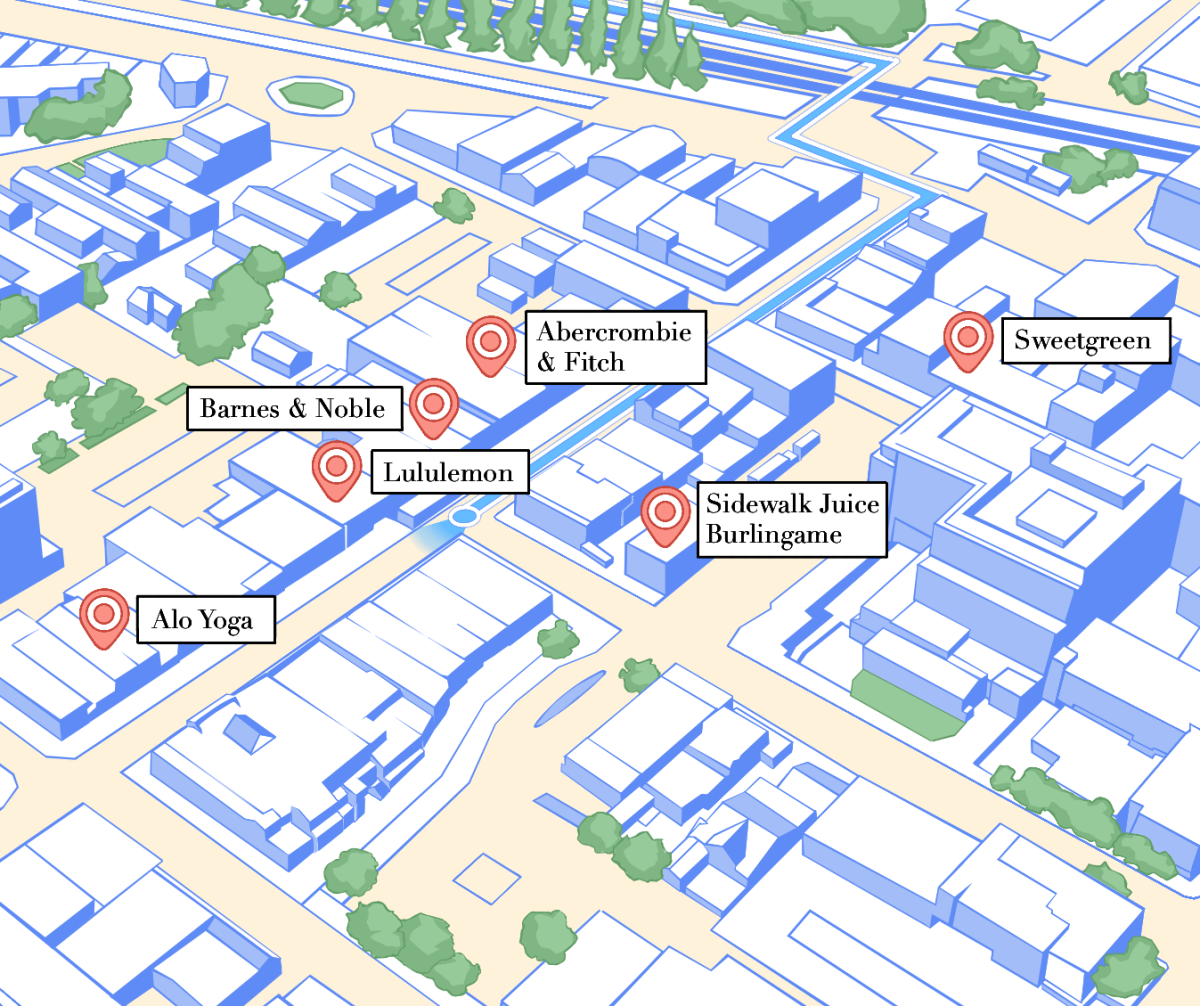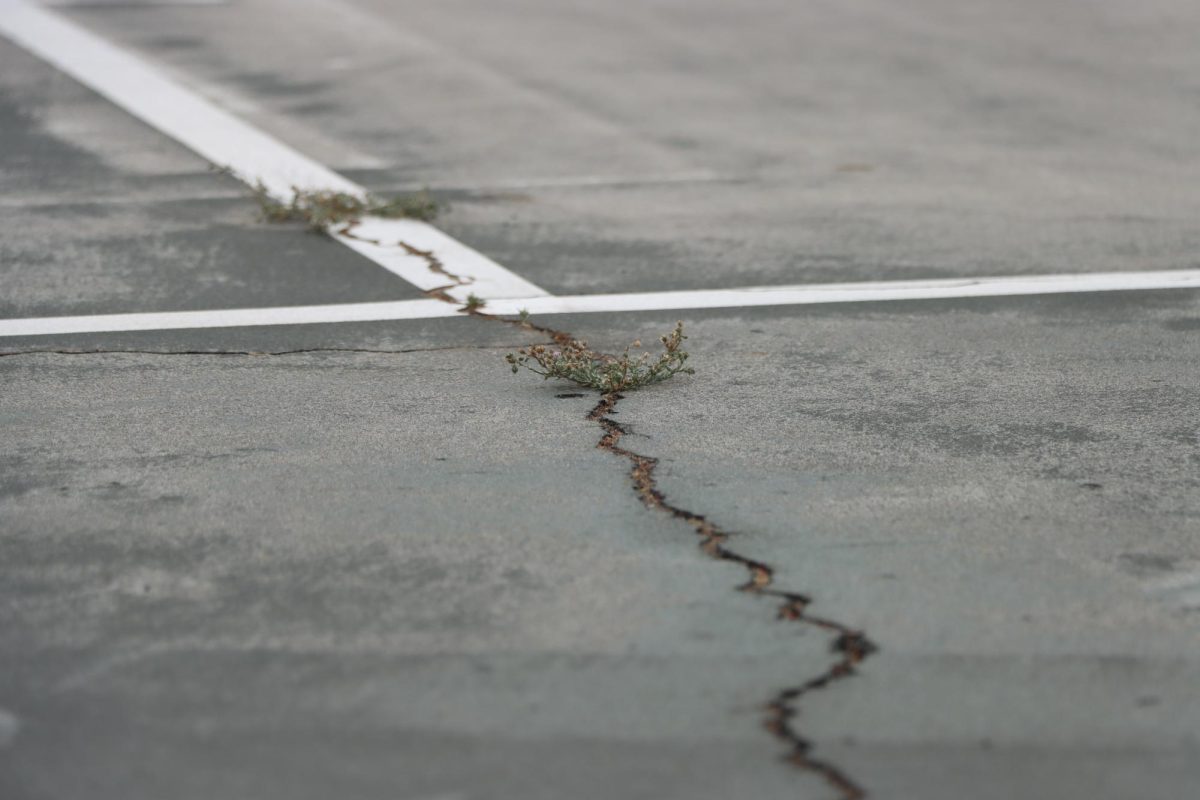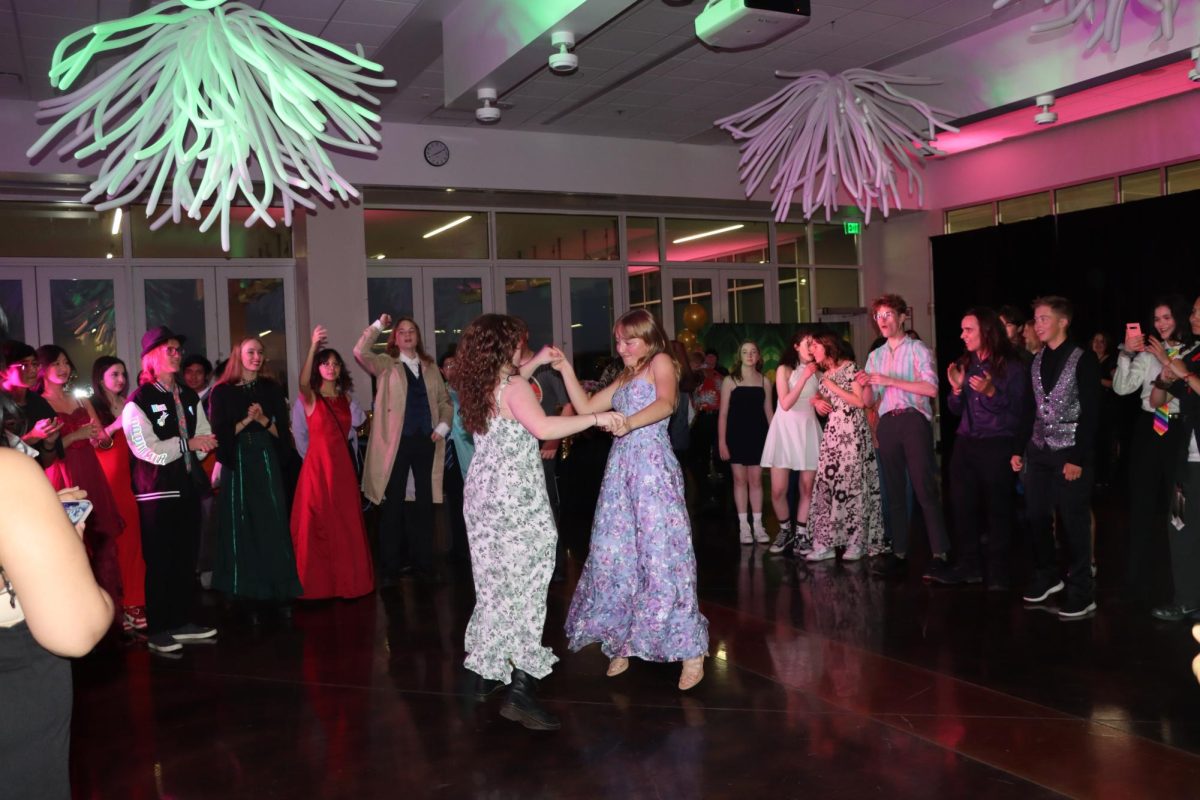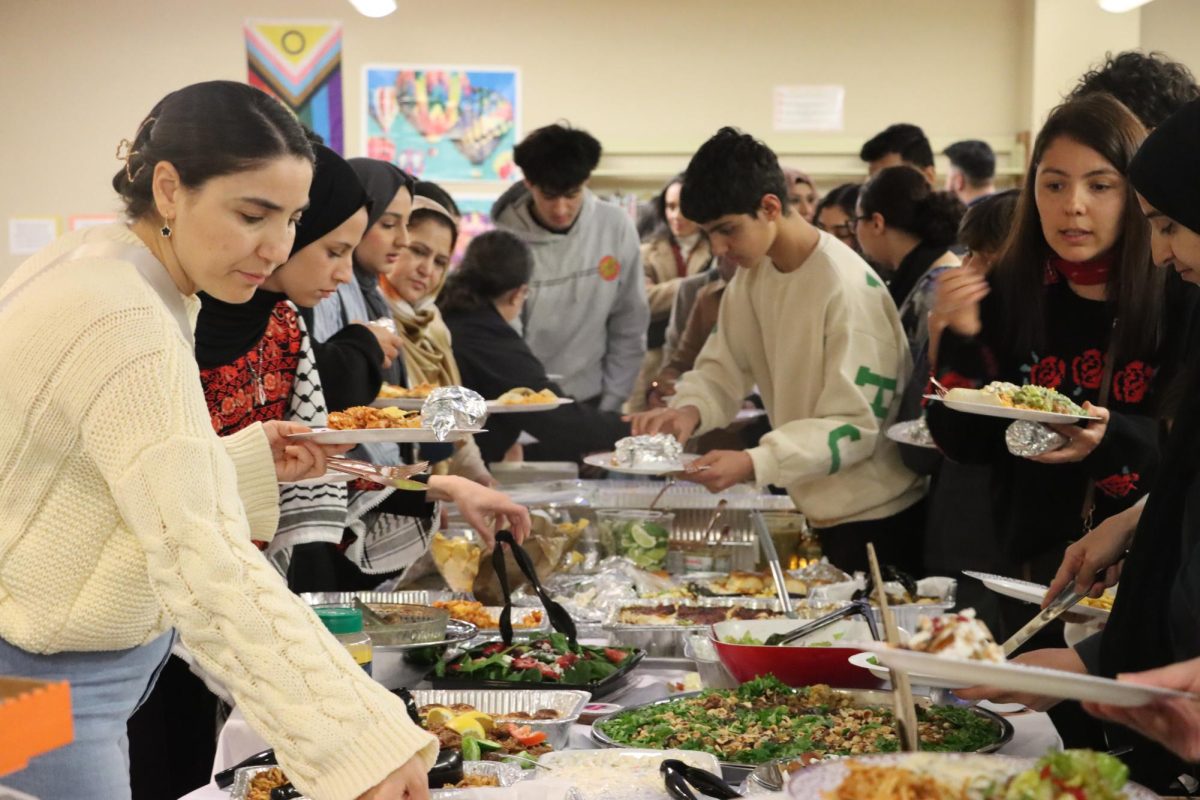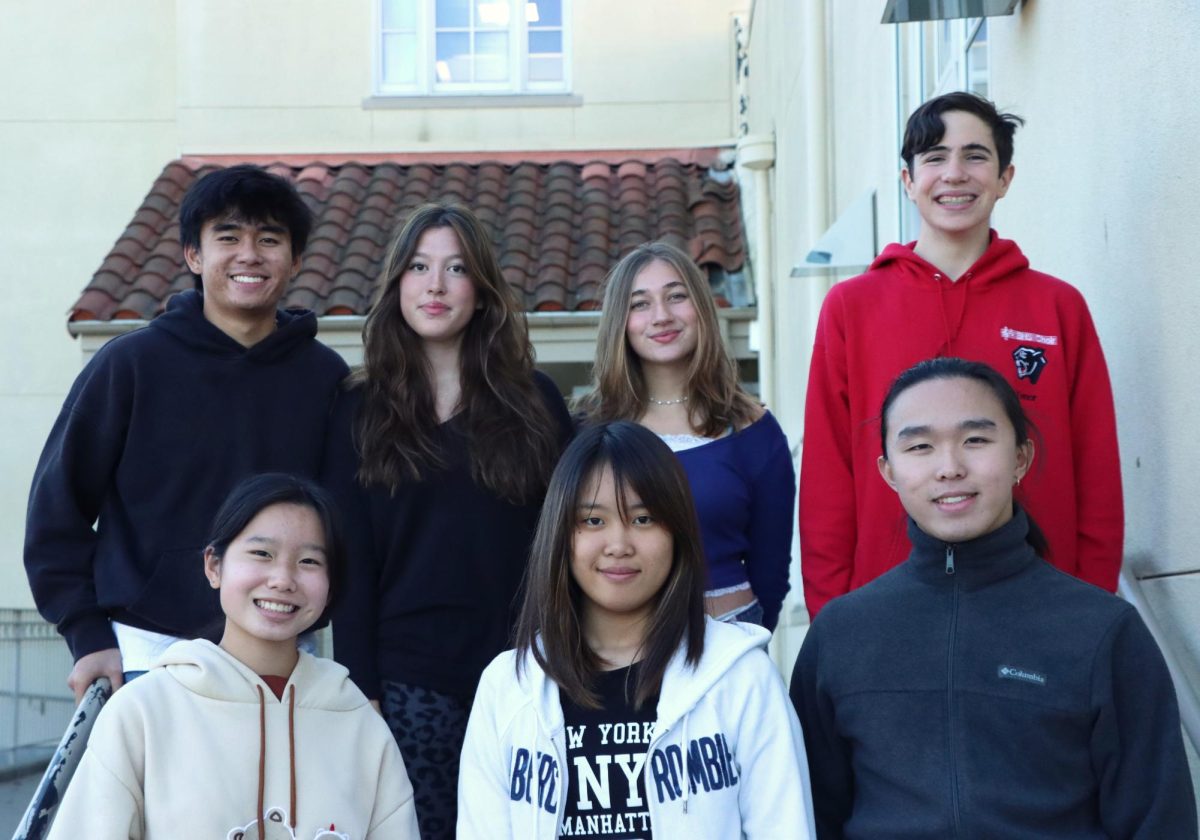Students celebrate Lunar New Year through tradition, food, and family
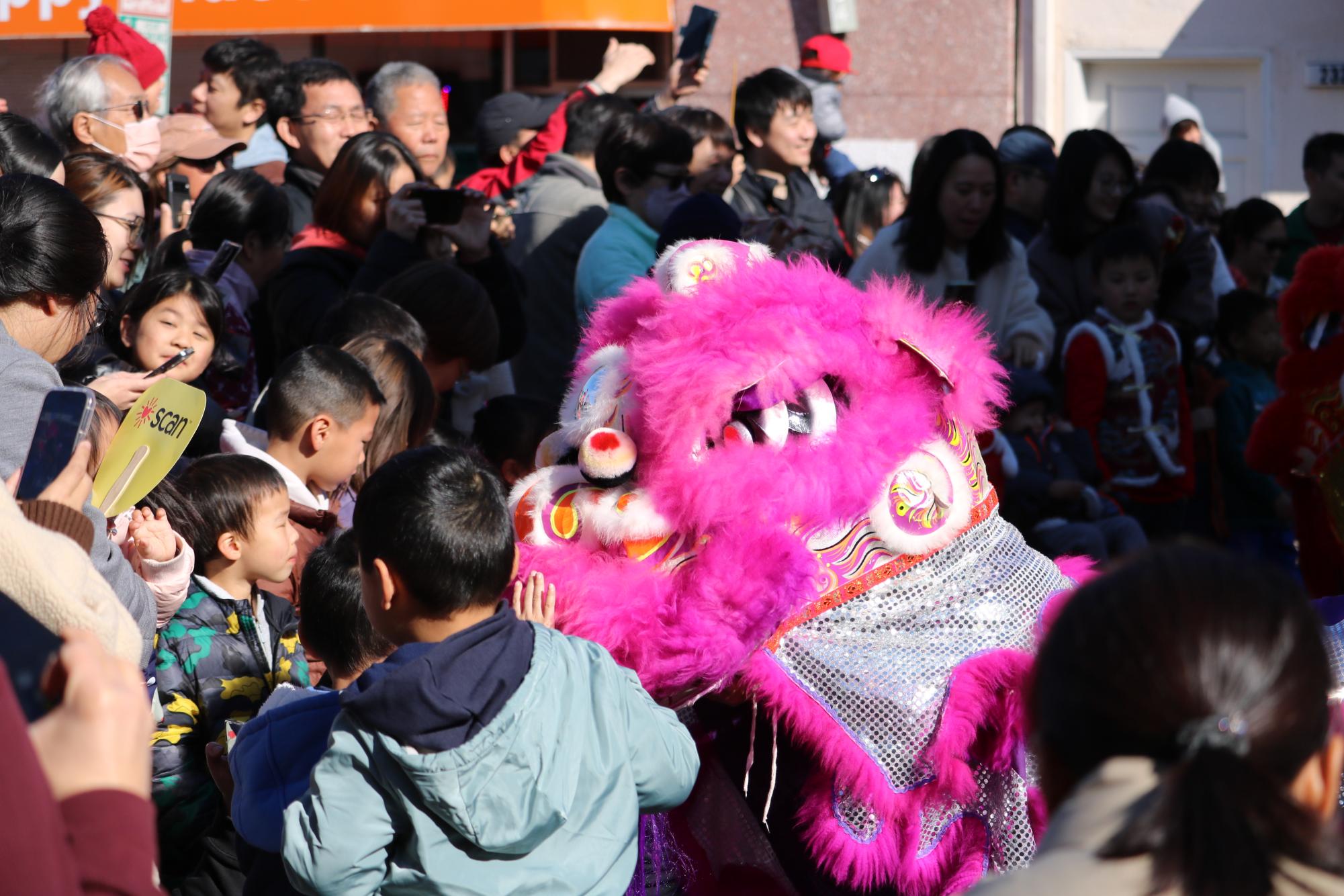
-
Windmills are another symbol of luck during Lunar New Year.
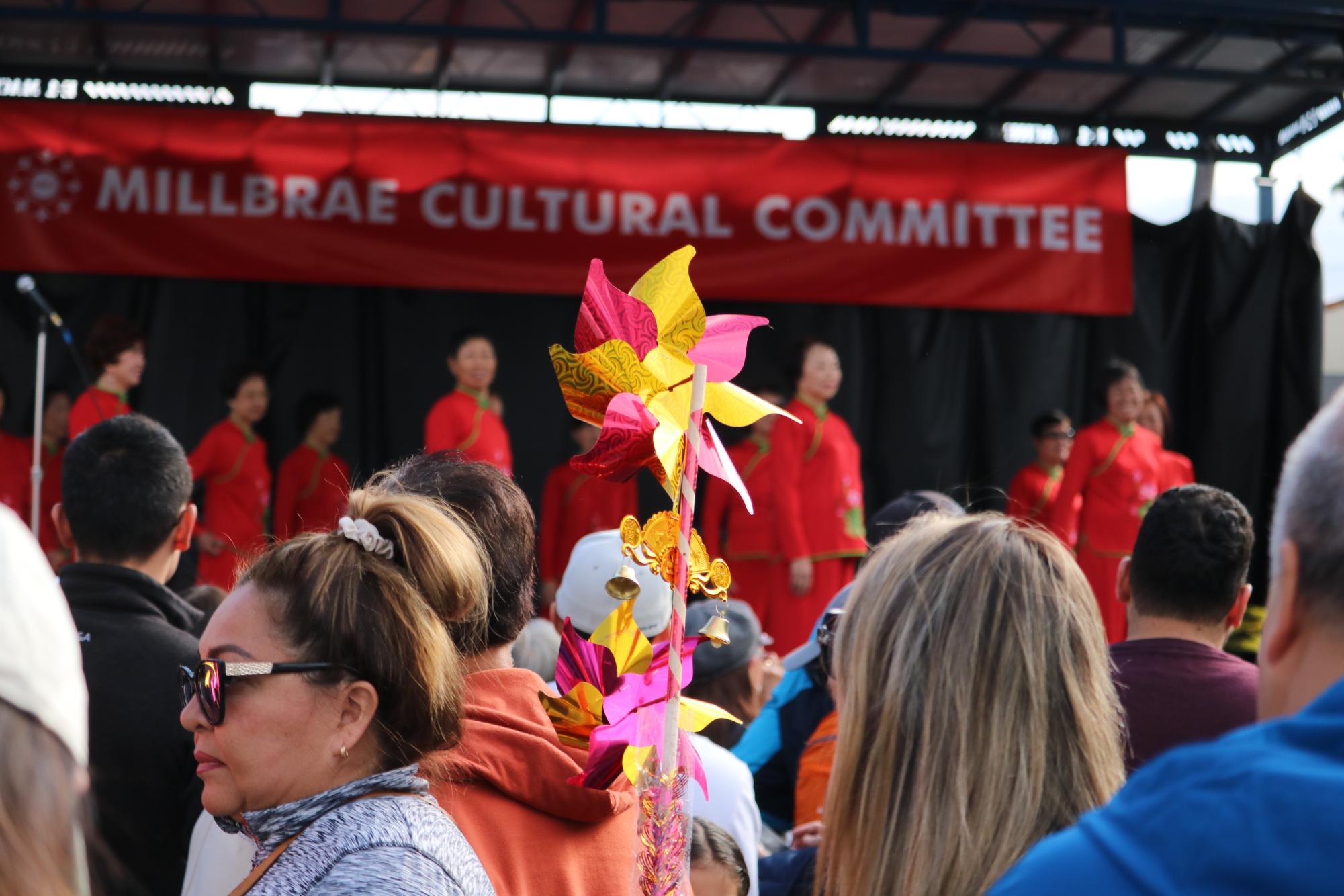
-
At festivals, vendors sell all kinds of Asian street food and desserts.
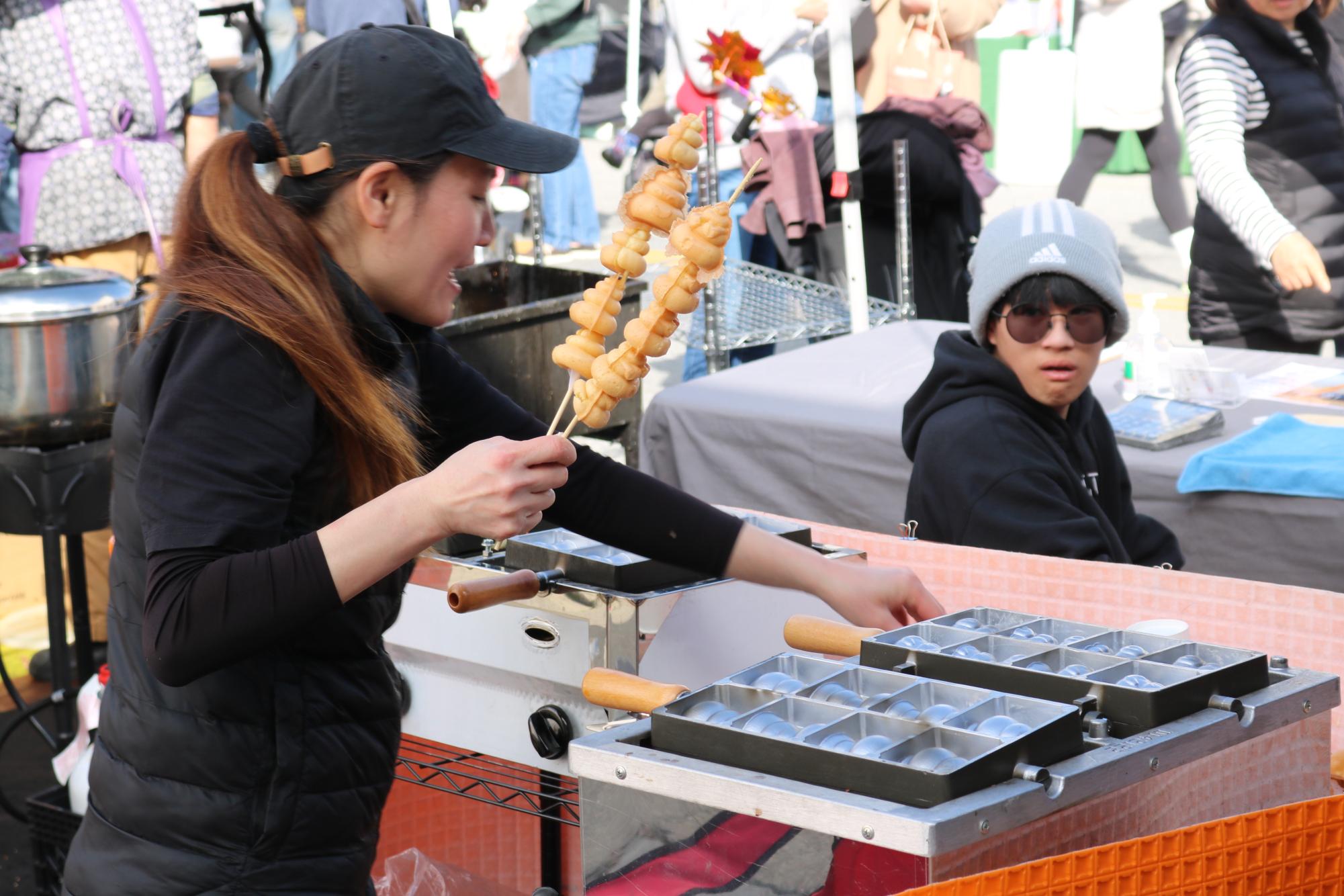
-
Roasted chestnuts are a signature of Asian street food. After roasting, pedestrians peel the skin off the chestnut and eat the warm chestnut meat.
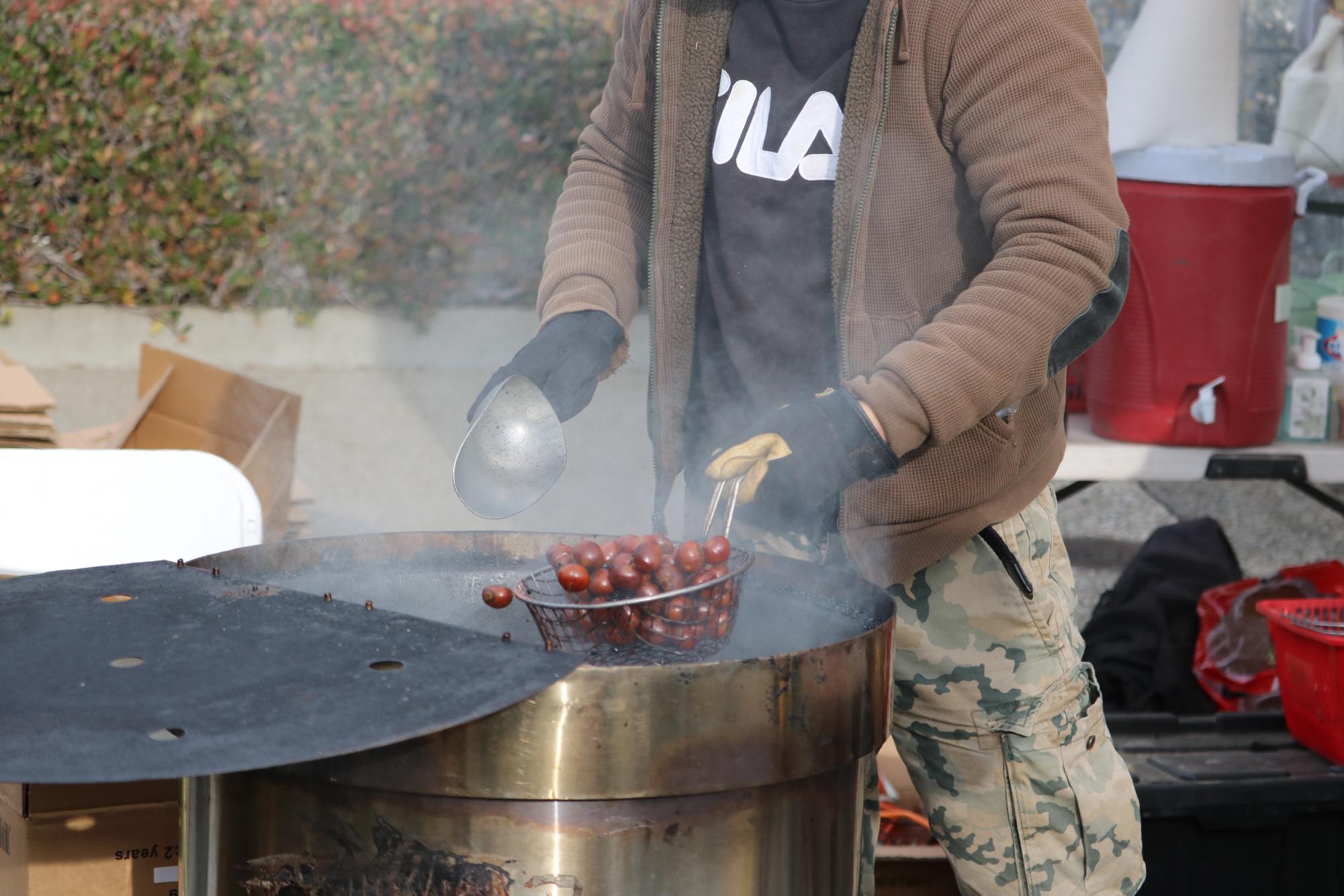
-
While barbeque and skewers aren’t symbolic foods for Lunar New Year, they are staples at festivals. It’s common to see lines of people waiting to buy skewers.
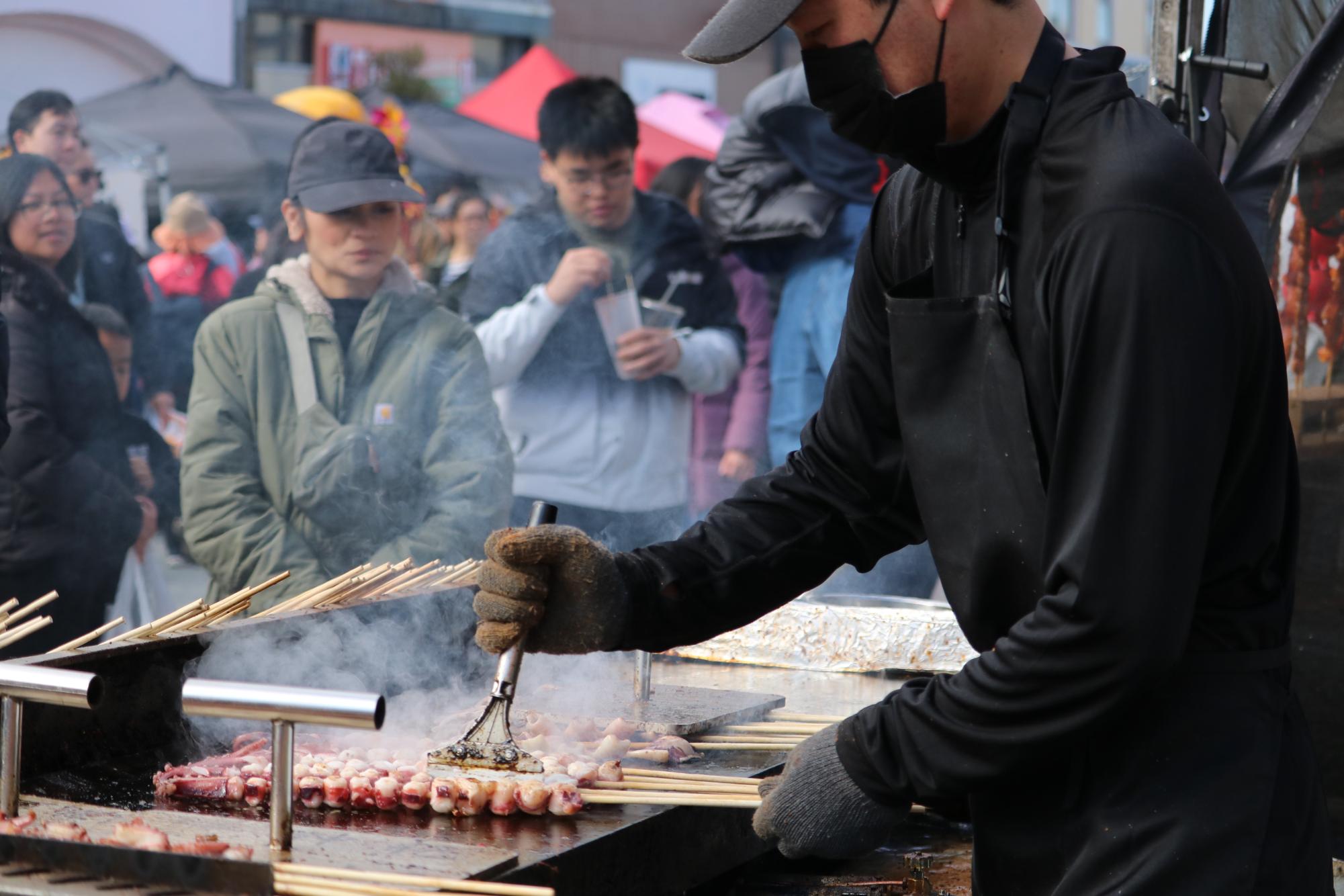
-
Red decorations symbolize prosperity and luck, and are hung both inside and outside homes during Lunar New Year.
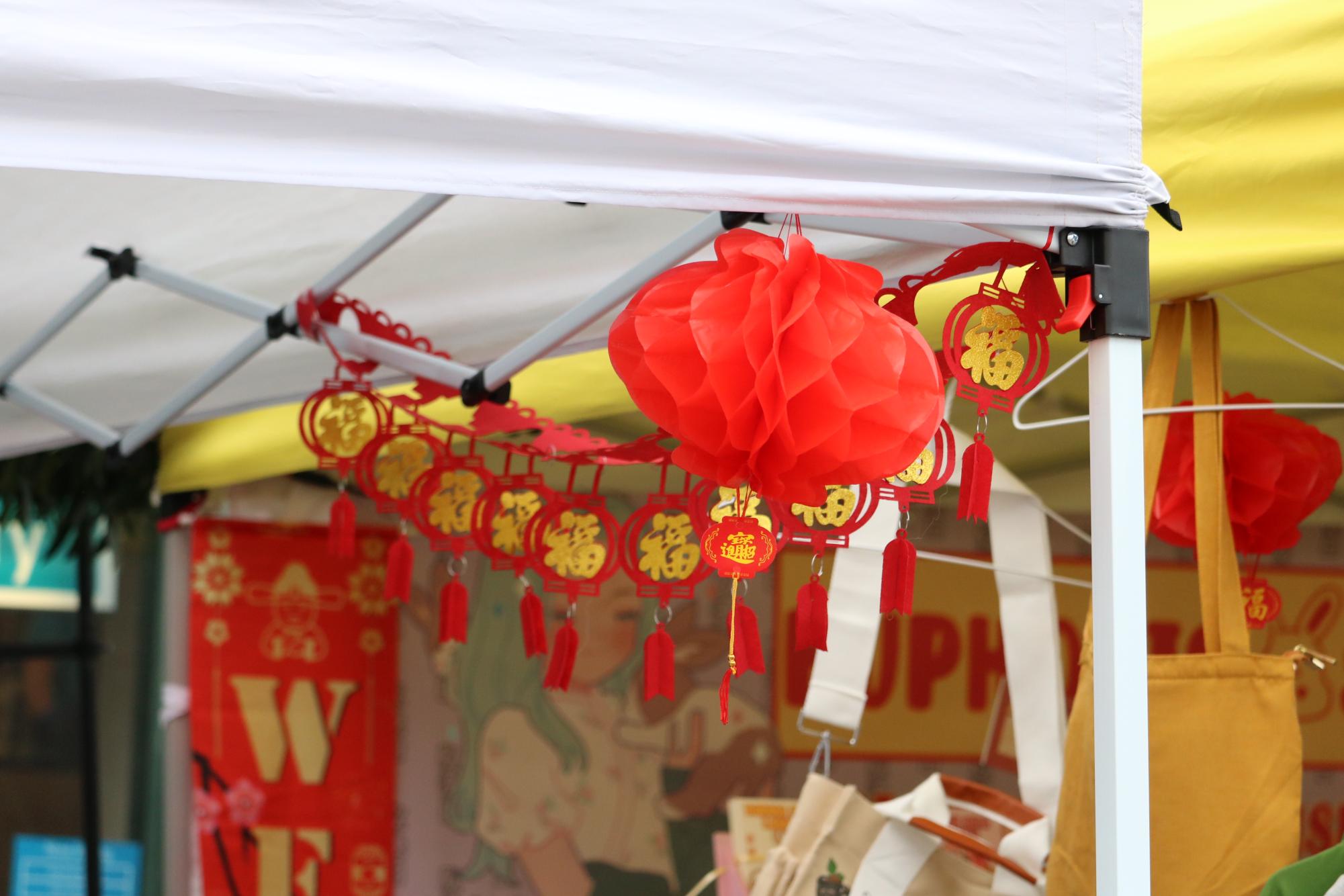
-
While tanghulu — fruits glazed in melted sugar — is not a traditional food eaten for Lunar New Year, the colorful fruits are a staple in festivals.
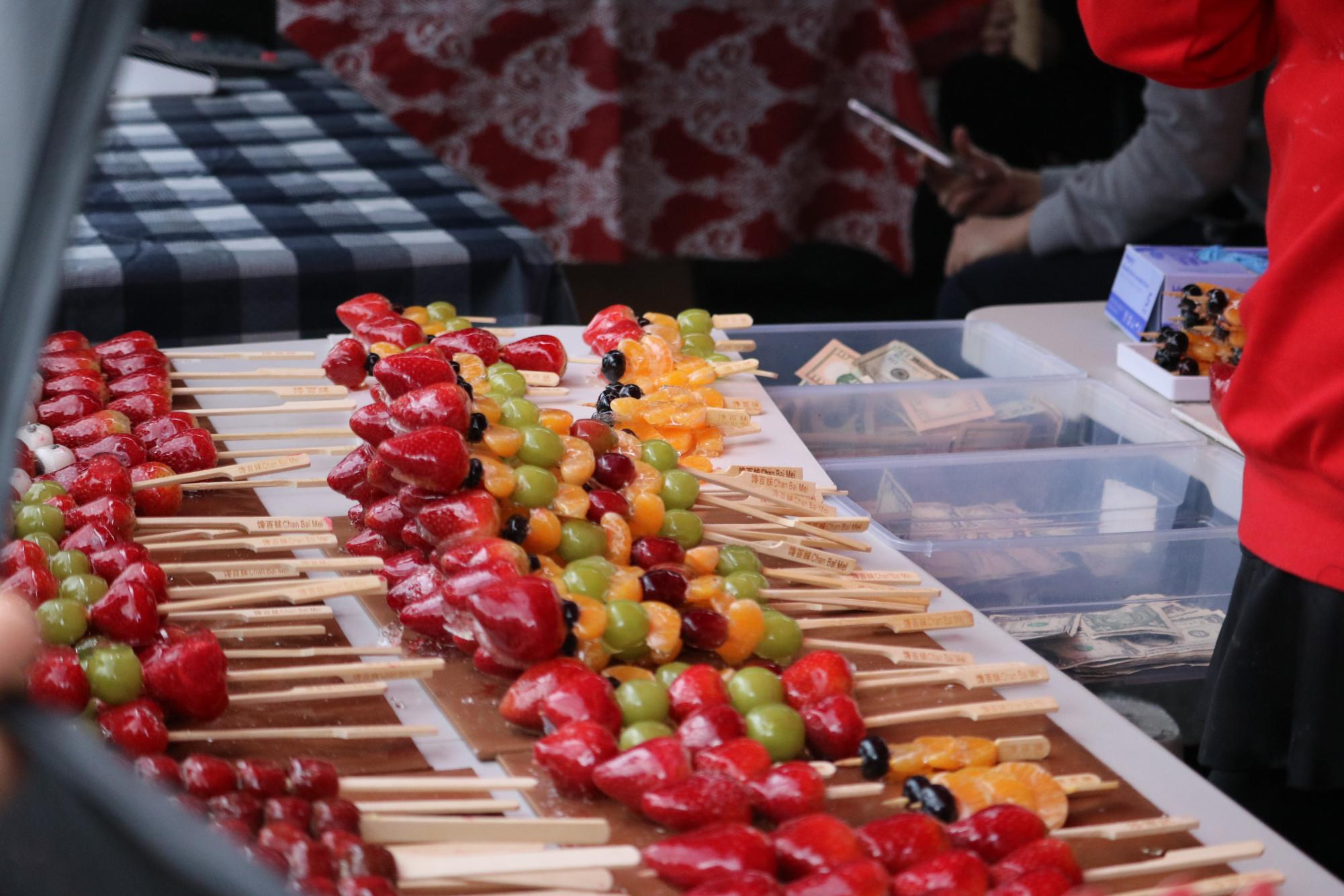
-
The dragon dance is also performed during Lunar New Year, and symbolizes power, good fortune, and strength.
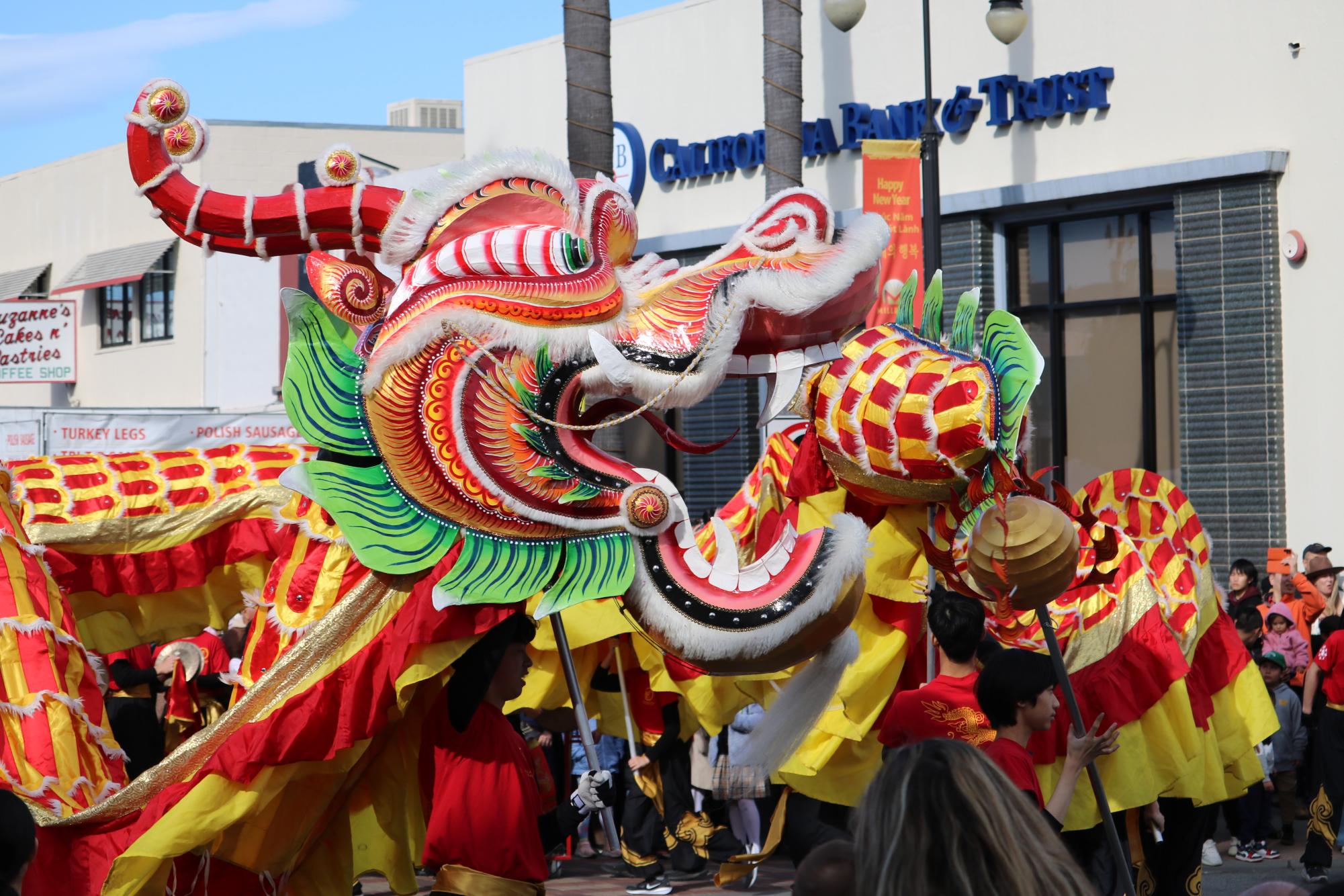
-
Windmills are another symbol of luck during Lunar New Year.
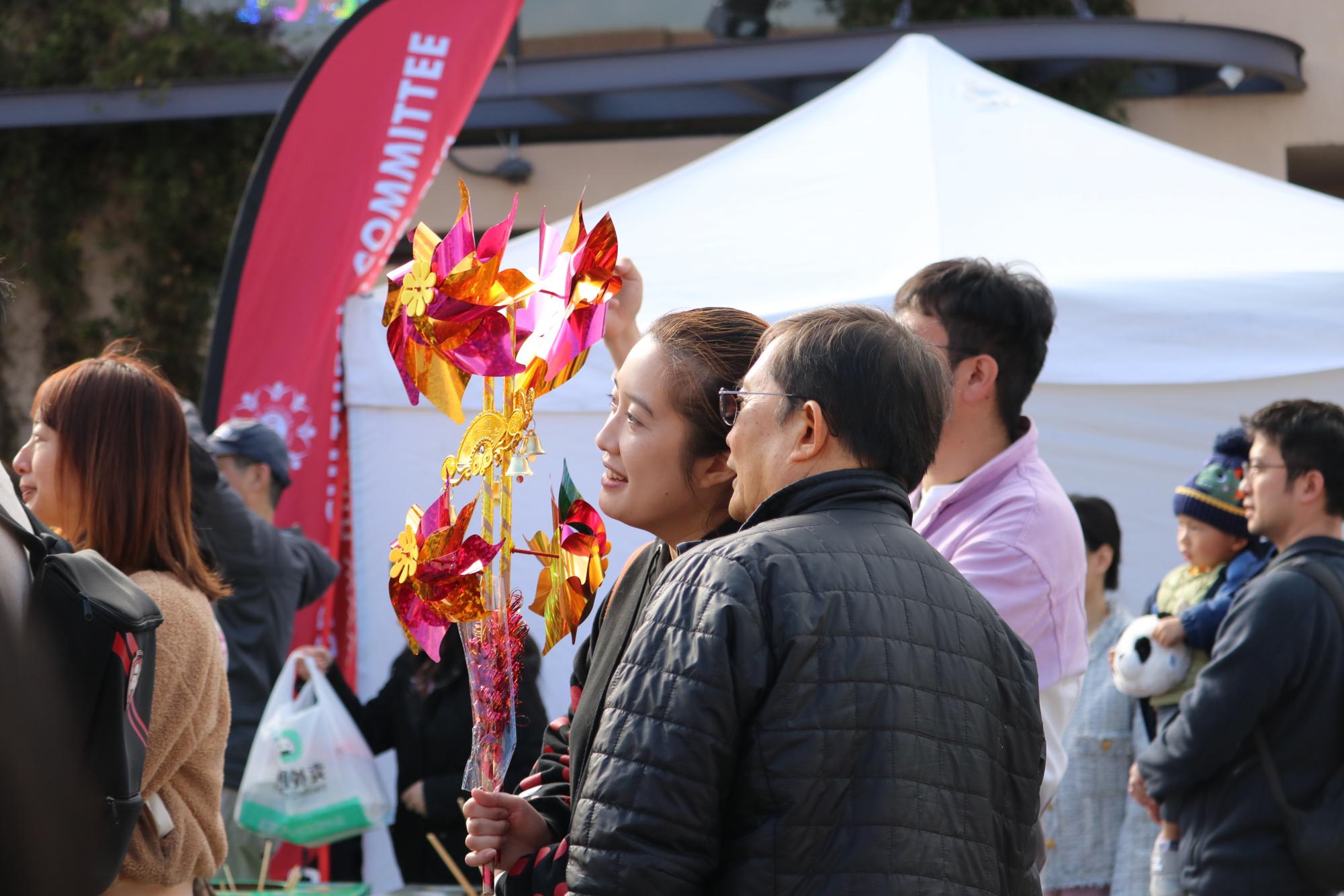
From late January to early February each year, Asian communities from all backgrounds unite to celebrate Lunar New Year. While each region celebrates differently, the core traditions remain: at festivals, pedestrians always hear the “boom-boom-boom” of drums and clangs of cymbals with the traditional lion dance, smell the drifting scent of cumin from smoked skewers, and see crowds of people adorning bright red accessories and wearing traditional hanfu.
Burlingame students are no strangers to the holiday. Many attend festivals, reunite with family and friends, and eat traditional food to celebrate. But for students, the holiday is special because of their unique memories, experiences, and identity that are attached to their Lunar New Year celebrations.
One of the staples of Lunar New Year is the color red, whether it be red clothes or the signature red couplets and “fu” decorations in the weeks preceding the big celebration. Aside from cultural customs, students at Burlingame enjoy the more personalized, family traditions during Lunar New Year.
While Lunar New Year is celebrated worldwide, it’s most vibrantly and widely observed in Asian countries. Junior Michelle Shay cherishes the intimate, family-centered traditions during this special time. Having lived in China, she recalls the warm feeling of reuniting with her family after a long year apart.
“We don’t have any direct family traditions, but we always have people playing Mahjong or playing Poker in the room,” Shay said. “The younger kids hang out together, and we also [celebrate with] fireworks and red envelope passing.”
On the other hand, sophomore Ethan Chen has a more complicated relationship with his Chinese heritage. Throughout his life, Chen said was weighed down with a sense of cultural ambiguity: while Chen is ethnically Han Chinese, his grandparents are from Burma, making it difficult for him to clearly identify himself with strictly one side.
“My parents and my grandparents, and even great grandfather were born and raised in Burma, so I never felt like I was Chinese,” Chen said. “Celebrating Chinese New Year just felt like a nice way to reconnect with that part of my identity.”
For Chen, this year is his first time celebrating Lunar New Year.
“My favorite [tradition] is before we eat the meal. We had to flip [two] coins until they landed heads and tails, and we were just sitting for so long,” Chen said. “I was so hungry, but my grandma refused to let us eat until the coins landed on the right side, so I was just waiting. As tempting as it was, it was nice just to be a part of the tradition… I believe that if it lands heads and tails, it means the ancestors are satisfied.”
An integral part of Asian culture is food: the signature bold flavors of spicy, sweet, and savory in cuisine, the wide variety of regional specialties, and the usage of mealtime to bond with family. During Lunar New Year, Asians eat several staple dishes with hidden meanings ensure an auspicious start to the year.
Junior Jason Purkey’s favorite dish is dumplings with pork and cabbage filling.
“We always have dumplings,” Purkey said. “My grandparents are in the area around this time, and they make hand-wrapped dumplings, which are especially good.”
Shay also loves eating dumplings for Lunar New Year. According to Shay, dumplings and tang yuan — a chewy, ball-shaped dessert made from glutinous rice and filled with black sesame — are a more prominent staple in Northern China and hold significance to the holiday’s emphasis on family.
“For dumplings [and] tang yuan, they will both mean 团圆 (tuan yuan) [meaning reunion],” Shay said. “Since it has filling inside, it will mean having a family together.”
Chen’s Lunar New Year’s Eve dinner strays from the traditional Chinese dinner and instead honors his Burmese side and the multiculturality of the United States.
“The biggest difference [in celebrating] from traditional Chinese is the meal before we celebrate; the big dinner,” Chen said. “We had goat curry. That’s like more Indian if anything else.”
But on the day of Lunar New Year, Chen ate more traditional dishes.
“On the day of, we had the traditional stuff, like nian gao and a whole fish,” Chen said.
Lunar New Year holds a strong emphasis on family bonding and reunion, allowing for unique and personalized customs to develop in every family. Even though it’s Chen’s first time celebrating Lunar New Year, he also finds joy in the simpler moments alongside the traditional festivities.
“My favorite memory would definitely be just the simple stuff, [like] getting to play games with my little cousin,” Chen said. “At night, my paternal grandma left [a red envelope] on the table for me. She got to hand it to me [in person] and I accepted it and said the traditional blessing, ‘Gong xi fai cai’, [which] just made her really happy.”
While Lunar New Year is often centered around family, one of Purkey’s favorite memories was celebrating the holiday with friends at his Chinese school.
“In elementary school [I would celebrate with] both my family and at Chinese school,” Purkey said. “It sort of strengthened the sense of community that we have…the boys would do drumming [and] the girls would do ribbon dancing.”
Shay was surrounded by family and friends throughout her childhood, so her favorite memories are different.
“One of my favorite memories back in China when I was celebrating was that I had a lot of time to spend with the pets in our household,” Shay said. “I really like to spend time with animals.”
Without family in the U.S., Shay said that she no longer celebrates Lunar New Year as much, but still tries her best to stay connected with her friends and family in China.
“The feeling of Chinese New Year [and] the atmosphere is definitely lower [in the US],” Shay said. “But [I still] have friends in China and say Happy New Year [to them], so it’s very nice to know that we are still keeping connected.”
Regardless of how each student celebrates, Shay, Chen, and Purkey all agree that the most important aspect of Lunar New Year is bonding with family.
“Lunar New Year feels much longer because you spend so much time preparing [and] decorating,” Purkey said. “It has a much bigger focus on community, family, and friends.”
Your donation will support the student journalists of Burlingame High School - CA. Your contribution will allow us to purchase equipment and cover our annual website hosting costs.
